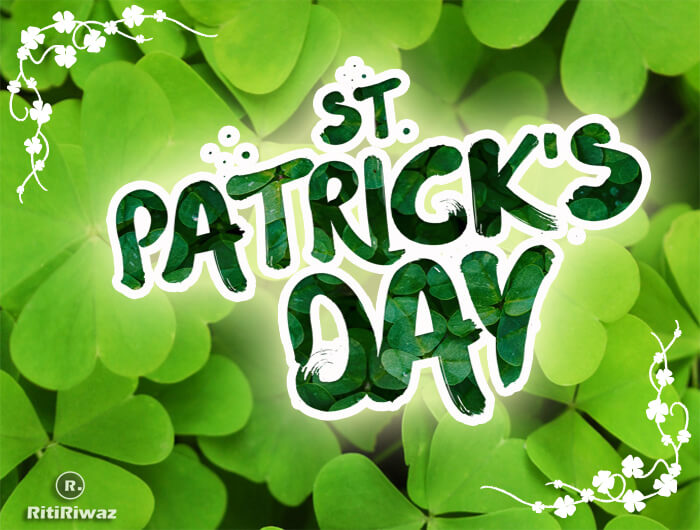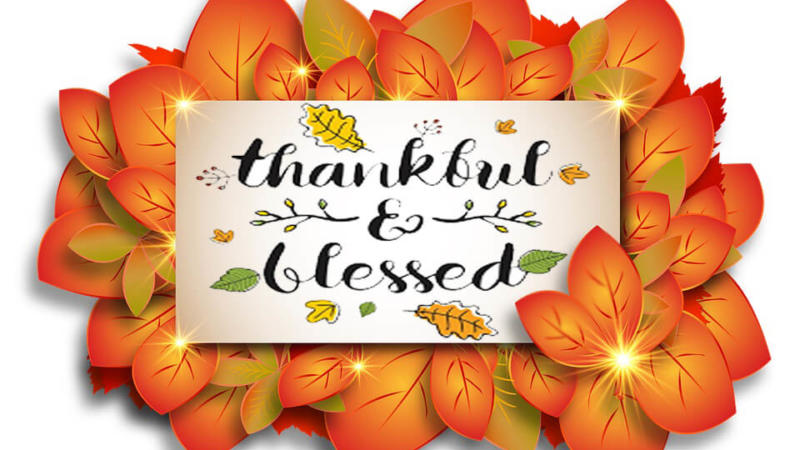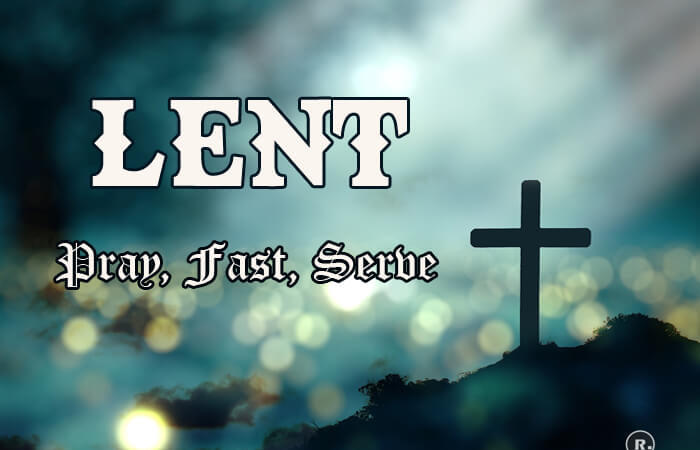St. Patrick’s Day – 17 March

St. Patrick’s Day is celebrated annually on March 17, the anniversary of the death of St. Patrick in the fifth century. It also celebrates the culture and heritage of the Irish population. People wear green attire and attend parades and festivals. Church services are attended.
Saint Patrick’s’ Day has many symbols and traditions, from shamrocks and leprechauns, to green beer and Corned Beef and Cabbage. Saint Patrick’s Day parades are popular in many cities around the U.S. Interestingly, the first St. Patrick’s Day parade did not take place in Ireland. It took place in New York City, in 1762.
History
St. Patrick was the patron saint of Ireland, best known for bringing Christianity to the land during the fifth century. He was born in Roman Britain and was kidnapped at the age of 16 to be brought to Ireland as a slave. After escaping, he later returned to Ireland to bring Christianity to its people after using his challenging years to discover his Christian faith.
His missionary work in Ireland in the 400’s A. D. laid the groundwork for not only Ireland’s conversion to Christianity, but also, through his spiritual descendants, for the Catholicism of much of Europe. The monasteries founded by St. Patrick & his followers were repositories for history, mathematics, philosophy, astronomy, and higher learning in general, educating the elite of Europe for generations.
The monasteries established by St. Patrick extended from one end of Eire to the other. In many areas, these monasteries were the first settlements & became the center of the communities that grew around them. He died on March 17, 461 and was later named as a saint and eventually became known as the patron saint of Ireland.
The earliest celebration of St. Patrick’s Day, affectionately known by some as St. Paddy’s Day, is recorded as March 17, 1631. The St. Patrick legend would grow over time, to include stories of how he “drove all the snakes from Ireland” (this notion crops up around the seventh century) and used the shamrock as a method of teaching religious precepts such as the Christian notion of the divine trinity.
What began 150 years ago as a way to honor the patron saint of Ireland has evolved into a city-wide celebration of the pride that comes from being Irish. St. Patrick is best known for driving the snakes out of Ireland. The snake was a pagan symbol, so this Irish folk tale may allude to St. Patrick driving paganism out of Ireland.
In Ireland, St. Patrick’s Day is considered a public holiday, meaning schools and offices shut down for a day of celebration. Records show that the people of Ireland have been celebrating St. Patrick’s Day since the ninth or tenth century, and observing it as a Roman Catholic feast holiday.
The very first St. Patrick’s Day parade actually took place in America in 1601. As the Irish population grew in America, so did the St. Patrick’s Day festivities. Since St. Patrick’s Day falls during the Christian season of Lent, the Irish would typically attend church in the morning and then celebrate the holiday in the afternoon. The sacrifices made during Lent were renounced during this time so people could eat, drink, and dance.
Over time, the rich traditions of the Irish have been embraced as part of the U.S. cultural heritage, and while it remains a festive holiday, St. Patrick’s Day has become an occasion to honor and celebrate the Irish culture.
The Symbol – Shamrock

Legend has it St. Patrick used the shamrock to explain the concept of the Holy Trinity, by showing an unbeliever the three-leafed plant with one stalk. Shamrocks are the national flower/emblem of Ireland.
In the 1500s, Henry the VIII claimed himself to be king of Ireland and had a blue flag. When the divide between the British power and the Irish people grew, green became a symbol of Irish nationalism. Ireland wanted to separate themselves from Britain, so green was the color of their rebellion.
Another reason green replaced blue was because of Ireland’s nickname, The Emerald Isle, and it may also have something to do with the color of the shamrock symbol.
How to celebrate St. Patrick Day
There are different types of celebrations for March 17; some are religious and some are not. The earliest formal religious observances include the day named as a Christian feast or festival. But when Irish immigrants began making their way to America, those who landed here took up St. Patrick’s day as a more secular holiday, including elaborate observances that include parades, green beer drinking, and general revelry.
Many of the customs observed here including dying beer green, wearing green clothing, and displays of the shamrock (the Irish national plant) have appeared in Ireland, too–but many feel these are used to promote tourism rather than being directly used to celebrate Irish heritage. Like other holidays such as Thanksgiving and Christmas, St. Patrick’s Day has special food–corned beef and cabbage are some of the most popular foods associated with the holiday.
Suggested Read: World Is Turning Green On St. Patrick’s Day






